Discovering Daikon
Daikon, a type of large white radish, is a staple in many Asian cuisines and is celebrated for its versatility in both flavor and texture. Its mild, slightly sweet taste and crisp texture make it the perfect ingredient for a variety of dishes, ranging from pickled sides to hearty soups.
A Versatile Root with Global Appeal
Let’s dive into the unique characteristics of daikon, how it’s used in traditional dishes worldwide, and some great alternatives for when it’s not readily available.
Taste and Flavor Profile
Daikon radish has a refreshingly mild taste compared to its smaller, sharper red radish counterpart. When eaten raw, it has a crisp texture with a subtle sweetness and a hint of peppery spice. Cooking daikon softens its sharpness and brings out a gentle sweetness, making it adaptable for both raw and cooked preparations.
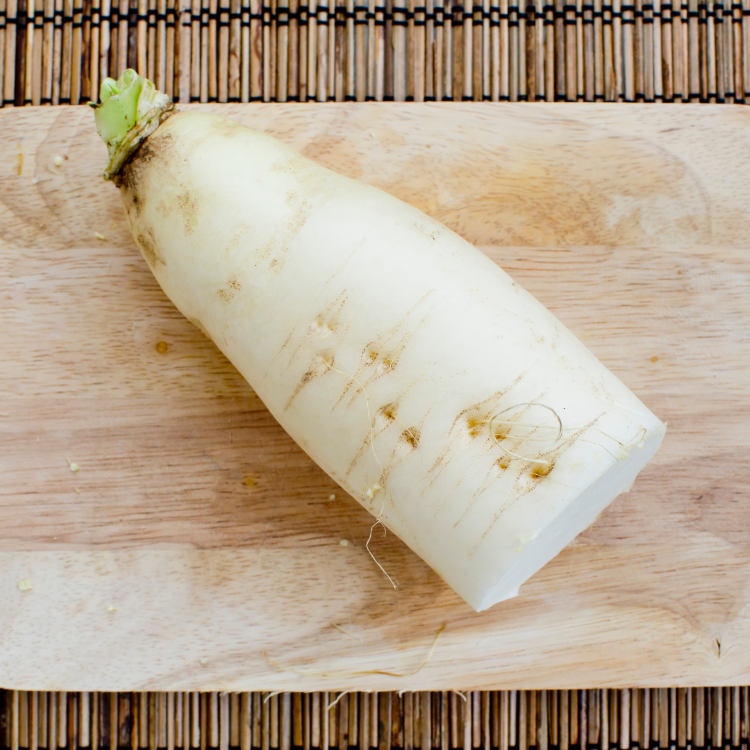
Traditional Dishes Featuring Daikon
Daikon is a star ingredient in many cuisines across the globe, most notably in East and Southeast Asia. Here are some traditional dishes that celebrate the versatility of this humble root:
Japan
Daikon is an essential part of Japanese cuisine. It is often grated and served as a refreshing accompaniment to tempura, or used in the famous dish Oden, a warm and hearty stew of simmered vegetables, eggs, and fish cakes. Pickled daikon, known as Takuan, is a bright yellow, tangy side dish served with many meals
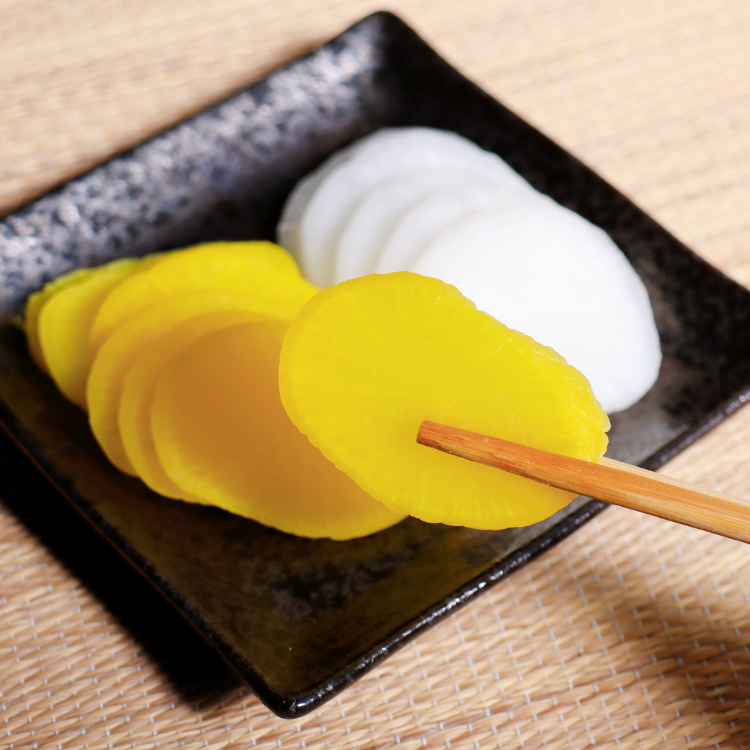
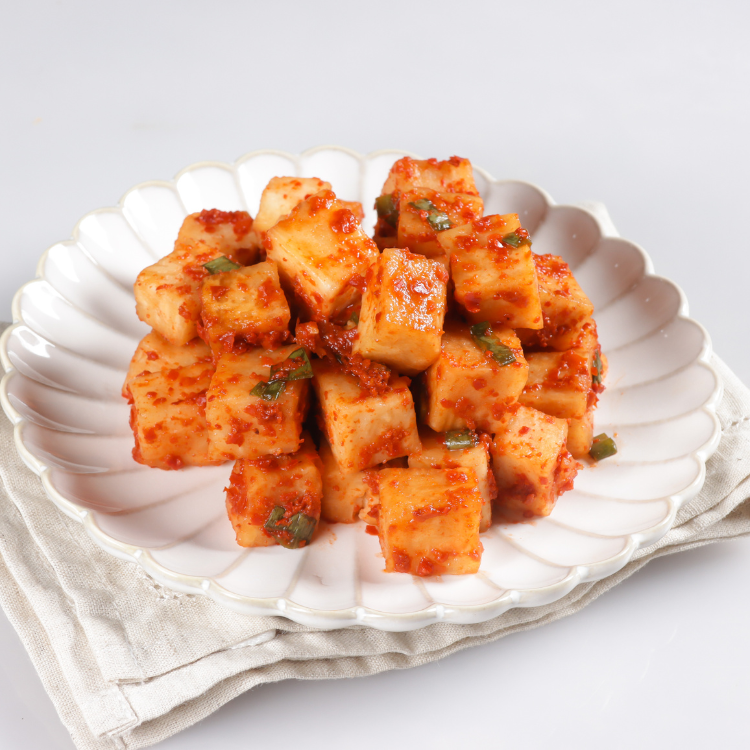
Korea
In Korea, daikon (called mu) is frequently used in kimchi, where it’s fermented with cabbage, chili, and garlic to create the famous spicy, tangy flavor. Kkakdugi is a specific type of kimchi made entirely with cubed daikon, offering a refreshing crunch with a bold, fermented kick.
China
Daikon is a popular ingredient in Chinese soups and braised dishes. In luóbo gāo (turnip cake), daikon is grated, mixed with rice flour, and steamed to form a delicious savory cake, which is often pan-fried and served during dim sum.
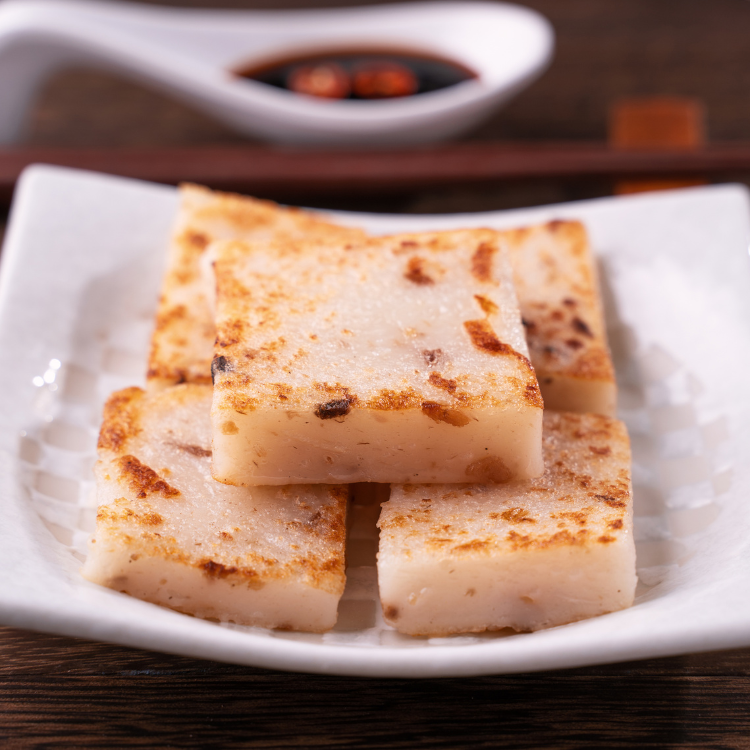
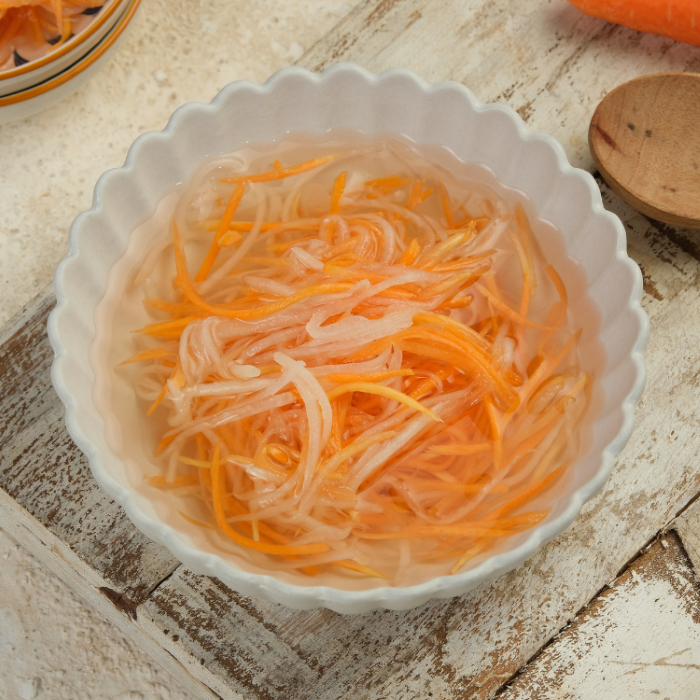
Vietnam
In Vietnamese cuisine, daikon is commonly pickled with carrots to make Đồ Chua, a key ingredient in bánh mì sandwiches. The pickled daikon adds a tangy crunch that balances out the richness of meats and sauces.
Germany
German cuisine also incorporates radishes in beer gardens, and daikon can be a variation in traditional dishes like Bavarian radish salad. Thinly sliced daikon is often salted and served with mustard and soft pretzels, providing a refreshing bite alongside hearty sausages.
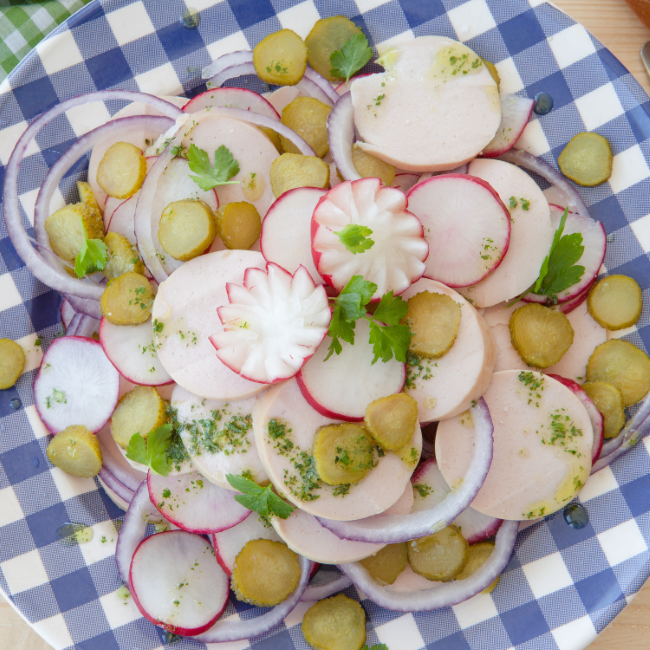
Substituting Daikon in Recipes
If daikon isn’t readily available, there are several suitable substitutes that can mimic its texture or flavor:
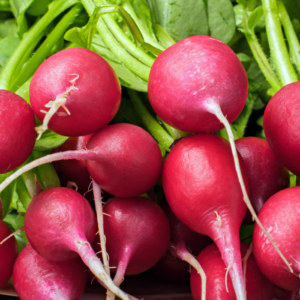
Red Radishes
Though spicier and smaller, red radishes can work in salads or as a garnish. Pickling them can mellow out their peppery flavor.
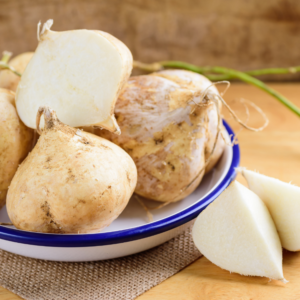
Jicama
With its similar crunchy texture and mild sweetness, jicama is a great substitute for daikon in fresh salads or slaws.
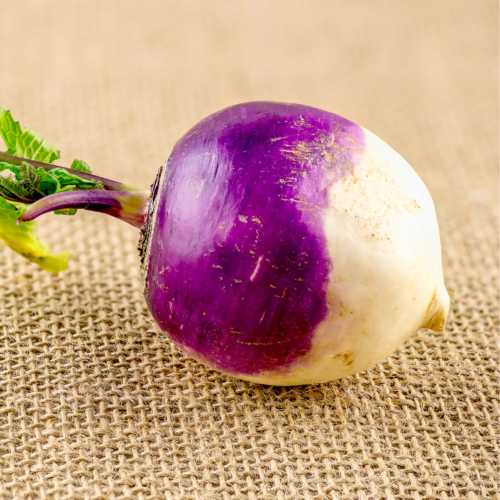
Turnip
When cooked, turnips offer a similar soft texture and slightly sweet flavor, making them a good alternative in soups or stews.
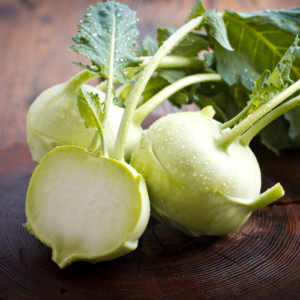
Kohlrabi
Another mild, crunchy vegetable, kohlrabi works well in raw or cooked dishes, providing a neutral base for sauces and spices.
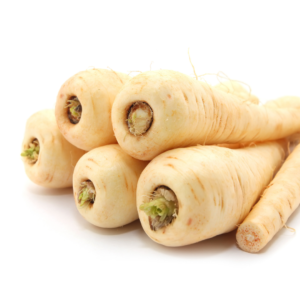
Parsnip
In cooked dishes, parsnips bring a subtle sweetness, though they have a more earthy flavor compared to daikon.
Cooking with Daikon: Endless Possibilities
Whether pickled, sautéed, or served raw, daikon adds a refreshing element to dishes from Asia, Europe, and the Middle East. Its mild flavor allows it to blend seamlessly into a wide variety of cuisines, enhancing meals without overpowering them. And when you can’t find daikon, the substitutes above can help you maintain the balance of flavors and textures in your favorite recipes.
From a crunchy salad addition to a hearty stew ingredient, daikon is a root vegetable worth exploring in your kitchen. Try incorporating it into global dishes and discover its endless versatility!
@ COPYRIGHT 2016-2024 SpiceBreeze - LUMIAD Inc.